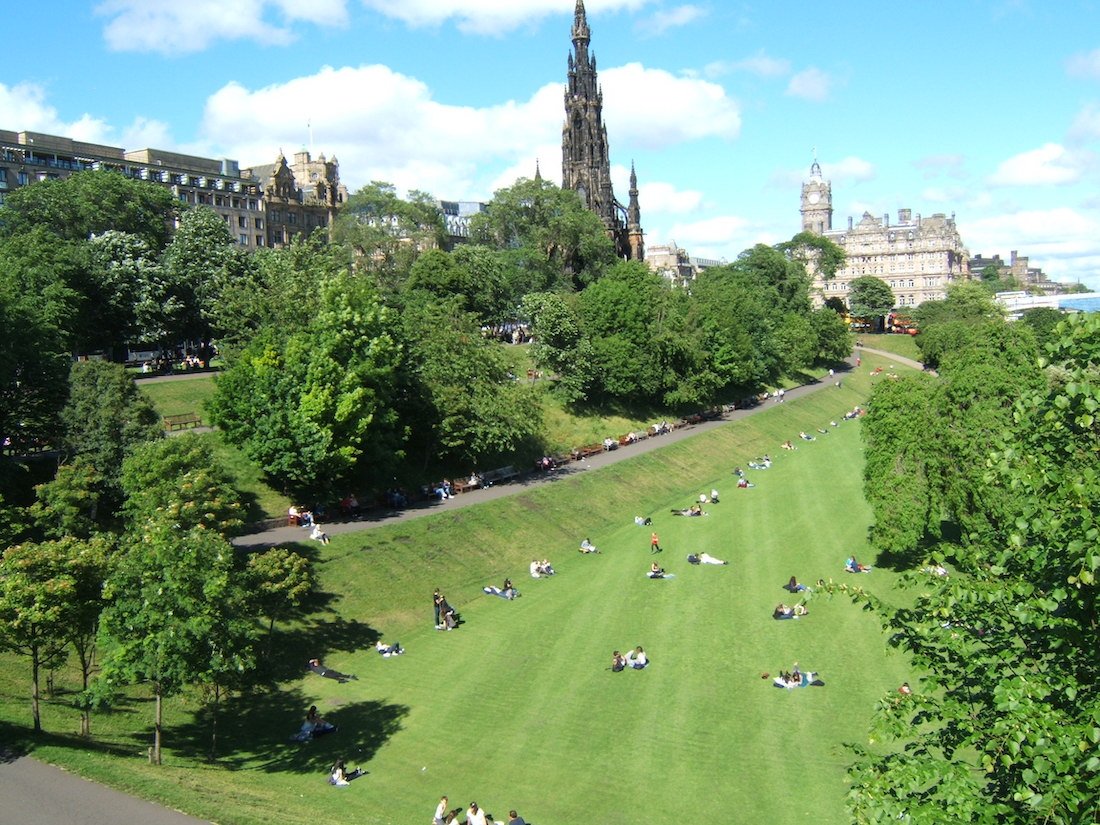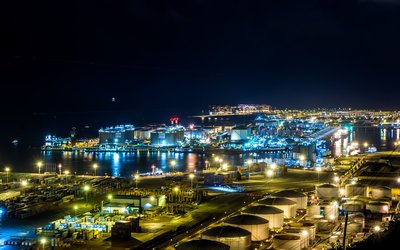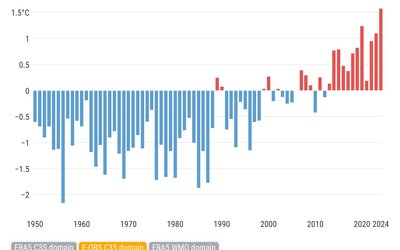
Trees can cool cities on a hot day. For 293 European cities, this effect was clear from an analysis of satellite data of land surface temperatures and land-cover. Trees influence urban climate primarily via shading and transpiration. In addition, differences in albedo between urban trees and urban fabric play a minor role.
Seasonal variation
The cooling potential of trees varies from one season to another. In general, in European cities, the cooling is highest during summer. In several Southern European and Turkish cities, the cooling during spring is higher than or very close to the cooling during summer. The cooling during autumn is lowest in all cities and regions in comparison to the cooling in summer and spring.
Hot extremes
The cooling effect of trees is especially high in cities in Central and Eastern Europe, and on the British Isles, where a cooling effect of 8 to 12 °C has been measured on hot days. Remarkably, the cooling effect on hot days was ‘only’ up to 4 °C in the Mediterranean, Turkey and the Iberian Peninsula. The relatively low cooling effect of urban trees on hot days in cities in Southern Europe is due to the limited availability of soil moisture and thus the amount of evapotranspiration, the combination of evaporation and transpiration of water from the leaves.
As a result, in Southern Europe, trees have a stronger cooling effect during average summertime conditions than during hot extremes. In contrast, in Scandinavia, the British Isles, North-Western Europe and parts of the Alps, the cooling provided during hot extremes is at times even higher than average summertime cooling.
Future projections
Projections indicate that European summers will become dryer. As a result, the cooling potential of urban trees on a hot day will probably decrease in many cities throughout Europe. This reduction will be strongest in Southern and Southeastern Europe. Irrigation could help to maintain the cooling provided by trees in these regions but may be limited by future water scarcity.
Different trees, different effects
Since evapotranspiration is one of the main mechanisms of urban cooling by trees, the type of trees strongly influences urban cooling. Trees with a large root depth, for instance, allow higher exploitation of soil moisture and higher evapotranspiration when the upper soil layers are dry. Different types of trees may also exhibit differences in roughness to the airflow. These differences result in differences in the efficiency of heat convection, and hence cooling at street level. The roughness of trees also interacts in complex ways with the surrounding urban structure: trees may reduce the roughness and be less effective in cooling when they are smaller than surrounding buildings and increase the roughness when they are higher.
Source: Schwaab et al. (2021). Nature Communications 12: 6763.








